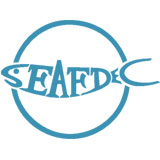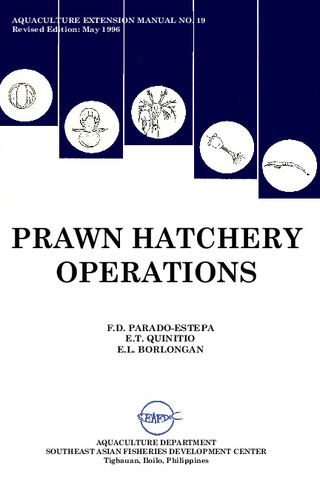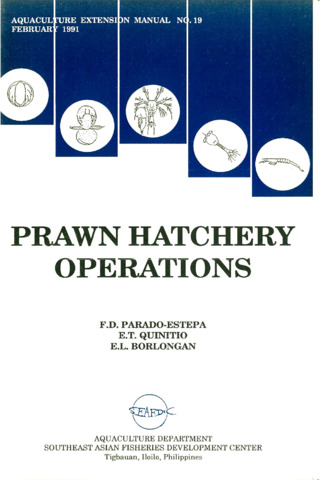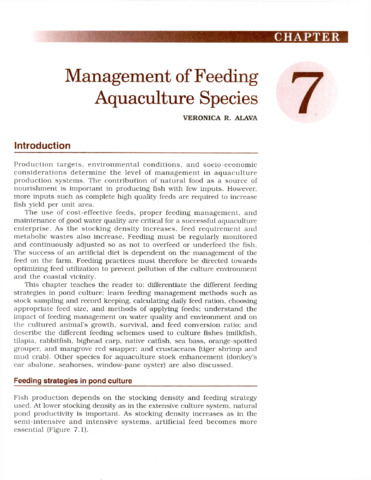The effects of feeds and feeding levels on the survival of a prawn, Penaeus monodon larvae
Share
Abstract
Penaeus monodon larvae were grown from zoea1 to mysis2 stages using varying levels of single-celled Chaetoceros sp., baker's yeast, and a combination of the two. The effects of feeds and feeding on the survival rates of the larvae were discussed.
The highest survival rate of 76.8% was obtained when the larvae were fed on a mixture of Chaetoceros sp. and baker's yeast at feeding levels of 10-50 x 103 cells per ml of sea water and 1 g per ton per day, respectively. When the larvae were fed on Chaetoceros sp. alone, feeding level of 10-50 x 103 cells per ml of sea water seemed to give optimal survival rate. The results of the present study also suggest that baker's yeast could be applied in the mas culture of Penaeus monodon larvae.
Suggested Citation
Villegas, C. T., Li, T.-L., & Kanazawa, A. (1980). The effects of feeds and feeding levels on the survival of a prawn, Penaeus monodon larvae. Memoirs of the Kagoshima University Research Center for the South Pacific , 1(1), 51-55. http://hdl.handle.net/10862/1105
Subject
Taxonomic term
Collections
- AQD Journal Articles [1240]
Related items
Showing items related by title, author, creator and subject.
-
Prawn hatchery operations
Parado-Estepa, Fe D.; Quinitio, Emilia T.; Borlongan, Emeterio L. (Aquaculture Department, Southeast Asian Fisheries Development Center, 1996-05)The manual, an updated version of the 1984 SEAFDEC/AQD manual, presents the underlying principles and step-by-step instructions of prawn larval and post-larval rearing. The techniques described are not only applicable to ... -
Prawn hatchery operations
Parado-Estepa, Fe D.; Quinitio, Emilia T.; Borlongan, Emeterio L. (Aquaculture Department, Southeast Asian Fisheries Development Center, 1991-02)The manual, an updated version of the 1984 SEAFDEC/AQD manual, presents the underlying principles and step-by-step instructions of prawn larval and post-larval rearing. The techniques described are not only applicable to ... -
Management of feeding aquaculture species
Alava, Veronica R. (Aquaculture Department, Southeast Asian Fisheries Development Center, 2002)This chapter teaches the reader to: differentiate the different feeding strategies in pond culture; learn feeding management methods such as stock sampling and record keeping, calculating daily feed ration, choosing ...






